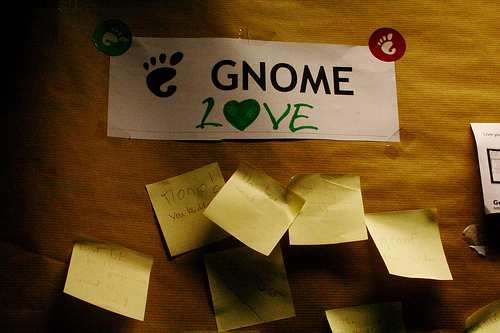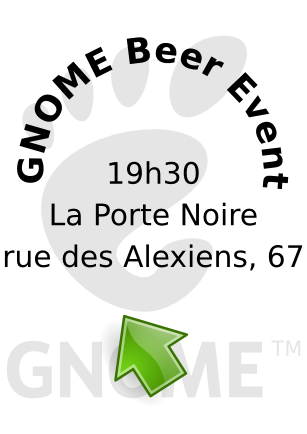While people are still working on fixing bugs, updating translations, writing documentation or testing GNOME 2.25, there's one task which is in need of some love: the release notes. I don't know exactly why, but we often forget
about them until, well, a couple of weeks before the .0 release. Davyd has agreed to lead the effort for this cycle, which is a good news! And the other good news is that it's not really hard to help with this effort! Here's what you can do:
- look at what has been gathered so far, and add missing items;
- think about a theme for this release which will help structure the release notes (this can also be used for the image that will be put on the front page of our website);
- help decide what are the major features we want to highlight;
- take some screenshots of user-visible changes (reminder: you should use a default upstream GNOME configuration for that; the most important thing is the theme);
- write some good text about this;
- proofread the work of others.
At GUADEC last year, we decided that roadmap-list was the mailing list to coordinate the work on the release notes. So feel free to join the list and to propose your help there!
I can't stress out enough how the release notes are an essential part of a release: we've observed quite a few times already how good release notes help people be happy about a release, while less good release notes left people unsatisfied. And, well, that's not really surprising: without some good communication, even the best things are not that attractive ;-) I'm pretty sure we all have various examples for this, and I'm still trying to decide if this is a bad thing or a good thing. It might seem bad if you look at things only from, say, a technical point of view because, well, this is not supposed to matter compared to code; but on the other hand, being able to explain things to most people... isn't this another way to be open?
Anyway, I'm digressing :-) I just wanted everybody to know about this opportunity to jump in and help make GNOME 2.26 do some big splash!



Last Comments